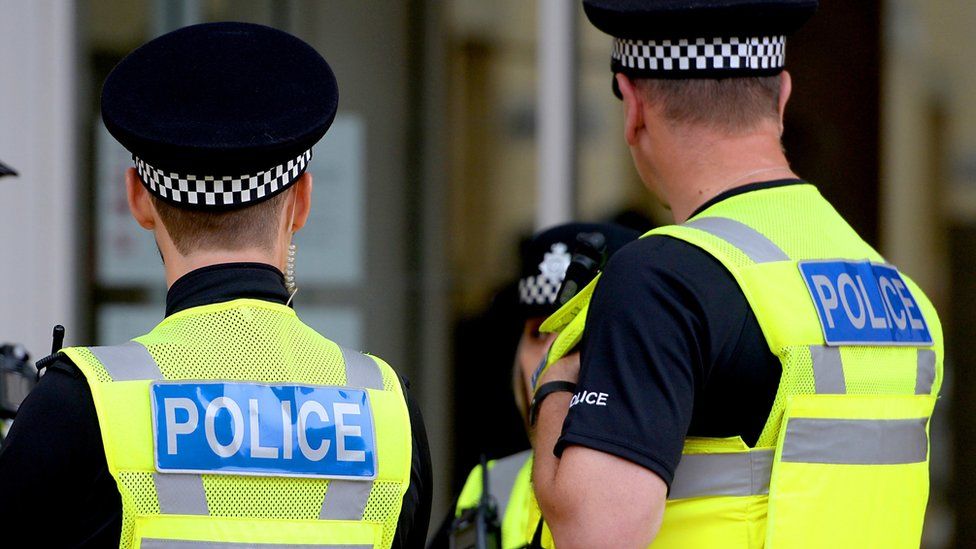
Scotland Yard has faced questions over its plans to reform
Police tactics used against terrorists are being used to catch the 100 worst predators targeting women in London.
The Met said a system assessing 35,000 offenders reported each year for crimes against females was being used.
It follows a series of scandals and a review that found the force was racist, misogynist and homophobic.
Commissioner Sir Mark Rowley said: “It’s taking the organised crime or terrorism approach to male predatory violence.”
“If we go after them proactively, build a case against them, get them off the streets, that protects women and children in London, so that’s an indicator of something more innovative, more front-footed, and how we reform how we police London”, Sir Mark added.
The Cambridge Crime Harm Index (CCHI) is the first system that measures the seriousness of crime harm to victims, and not just the number of officially recorded crimes.
It gathers data on tens of thousands of men recently convicted of domestic assault, rape, sex offences, stalking, and harassment to rank the 100 who pose the highest risk to the public.
Baroness Casey was appointed to review the force’s culture and standards after the abduction, rape and murder of Sarah Everard by serving police officer Wayne Couzens, in 2021.
During the course of her review, another Met officer, David Carrick, was convicted of a series of rapes, sexual offences and torture of women.
Image source, PA Media
Sir Mark Rowley says he is committed to rooting out rogue officers
Plans to overhaul the force, a £366 million two-year scheme dubbed A New Met for London, are being launched with visits to every borough in the English capital.
Bosses say there will be an increased emphasis on neighbourhood policing in a bid to rebuild public trust.
Some 240 officers out of the Met’s total workforce of around 34,000 will be moved from central to local teams.
There are also plans to recruit 500 more community support officers (PCSOs) and an extra 565 people to work with teams investigating domestic abuse, sexual offences and child sexual abuse and exploitation.
Each borough will have at least one front counter open 24 hours a day under the proposals.
During austerity from 2010 onwards, local borough teams were cut so that between two and four boroughs were covered by one basic command unit.
Sir Mark, who previously said there were hundreds of officers in the Met who should have been kicked off the force, said bosses are “sacking and suspending more officers than ever before”.
He added: “I’ve got a minority of my people I need to sort out, and we’re doing that as rapidly and as quickly as we can do.”
Mayor of London Sadiq Khan said: “Londoners will rightly judge this plan on actions not words, and I will be unflinching in holding the Met and the Commissioner to account and supporting him to deliver.”
London’s Victims’ Commissioner Claire Waxman OBE said: “A New Met for London clearly sets out how the Met plans to turn around the force and deliver for Londoners, but there is no time to lose, as they need to quickly and effectively improve their support to the thousands of victims they interact with on a daily basis.”
Follow BBC London on Facebook, Twitter and Instagram. Send your story ideas to hellobbclondon@bbc.co.uk
Related Topics
Related Internet Links
The BBC is not responsible for the content of external sites.








